Conceptual Art: Challenging Traditional Aesthetics
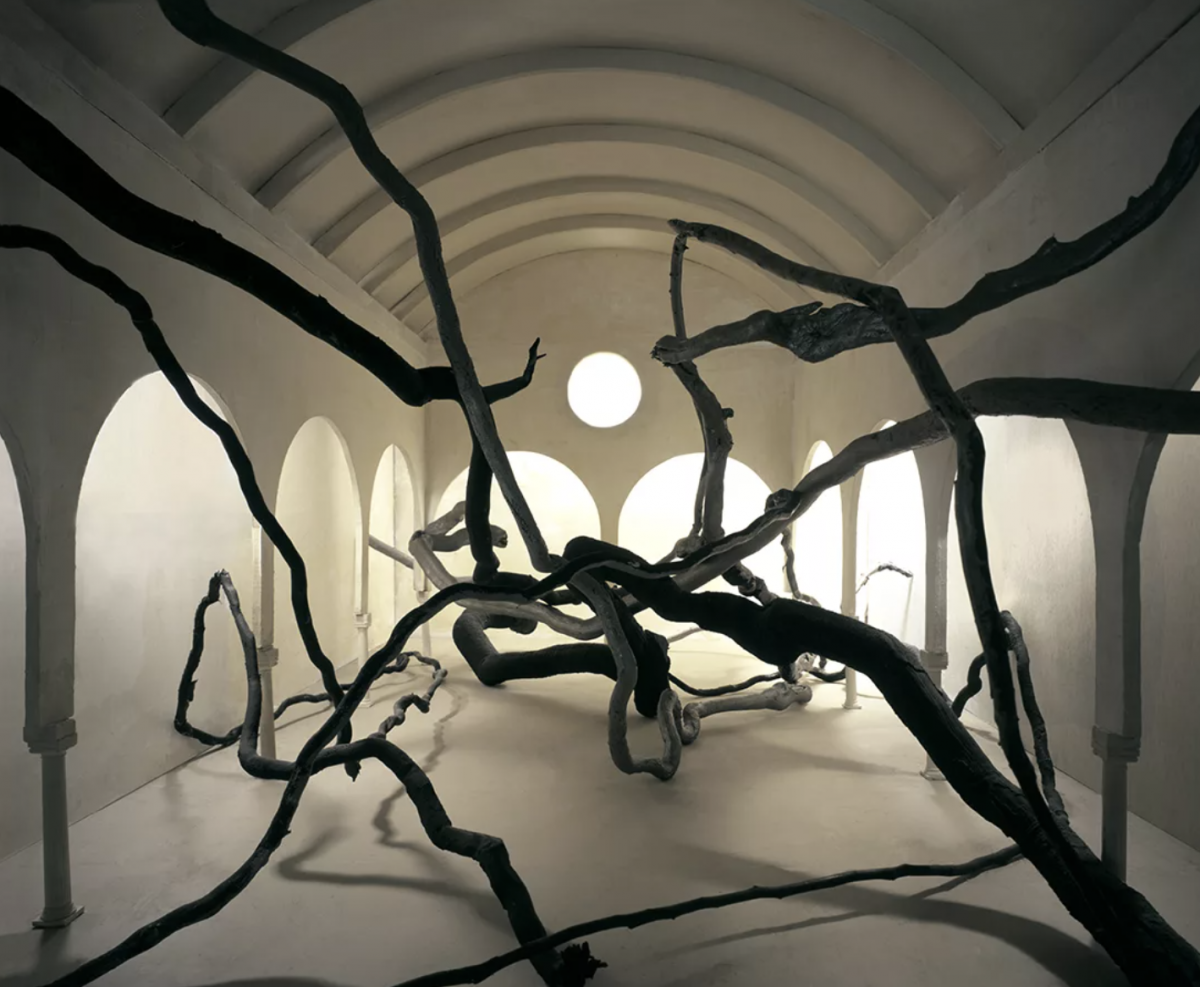
In a world where the understanding of art is predominantly hinged on aesthetic pleasure and visual delight, conceptual art takes a defiant leap into the realms of idea and theory. Conceptual art poses a direct challenge to traditional aesthetics by proposing that the concept or idea involved in the work is more paramount than the final artistic product itself.
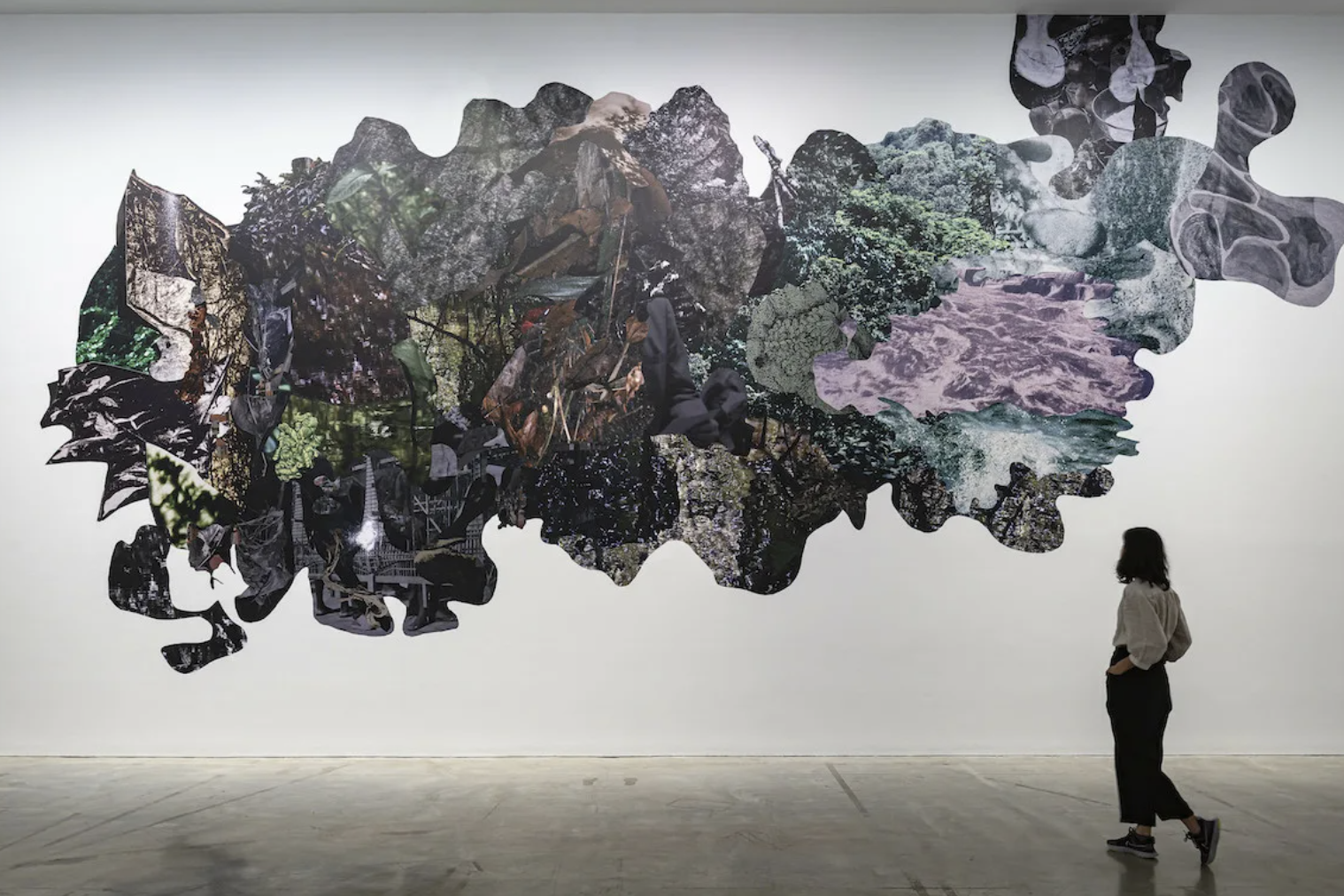
The Rise of Conceptual Art
Conceptual art emerged in the 1960s as a radical art movement that questioned the very nature of art itself. Artists such as Marcel Duchamp, with works like "Fountain," which showcased a ready-made urinal, and Sol LeWitt, who emphasized ideas over execution in his wall drawings, were pivotal in propelling this avant-garde movement forward.

The Core Philosophy
The core philosophy behind conceptual art lies in the assertion that the artist’s concept or idea is the art itself, often leading to works that may exist only as descriptions or documentation. This fundamentally shifts the focus from the tangible art object, which had historically been the primary focus of both creators and collectors, to the immateriality of thought and expression.
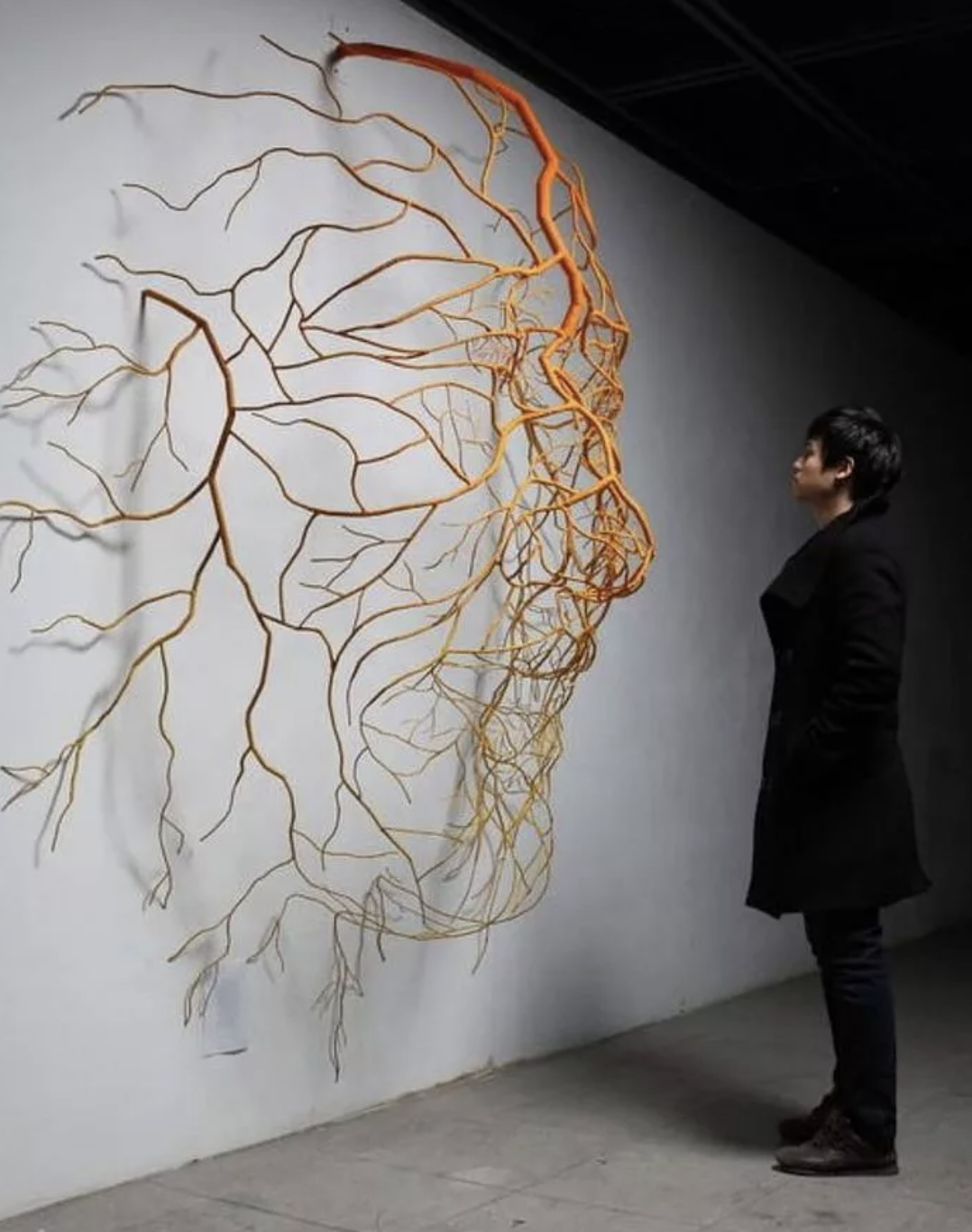
Dissecting Traditional Aesthetics
Traditional aesthetics appraises art through the lens of beauty, form, color, and composition. Conceptual art disrupts this by removing the need for visually stimulating components altogether, sometimes presenting "art" that is void of any conventional artistic elements. This has opened a vigorous debate about what art is or isn't, pushing the boundaries of the art world's definitions and expectations.
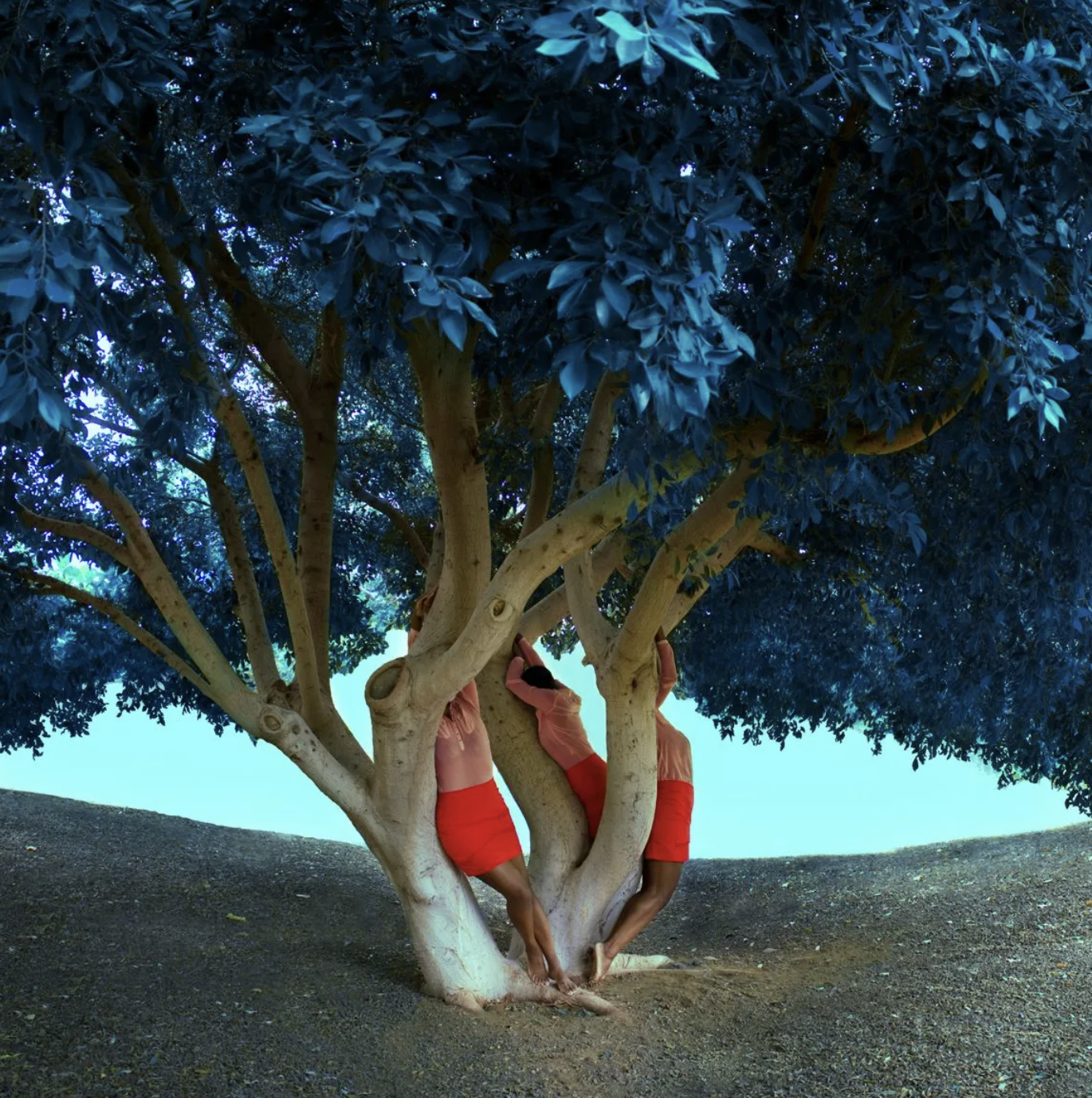
Concept Over Form
One of the most striking aspects of conceptual art is its emphasis on the idea over form. This leads to scenarios where the artist's intention and the viewer's interpretation take precedence, often leaving a significant portion of the work to the imagination. It's a step away from physical craftsmanship and a move toward intellectual engagement.

The Impact on Art Appreciation
Conceptual art radically changes the way we appreciate art. It requires a more engaged form of viewership, one that is active and contemplative, demanding viewers to think critically about the art and the ideas it purports to represent.
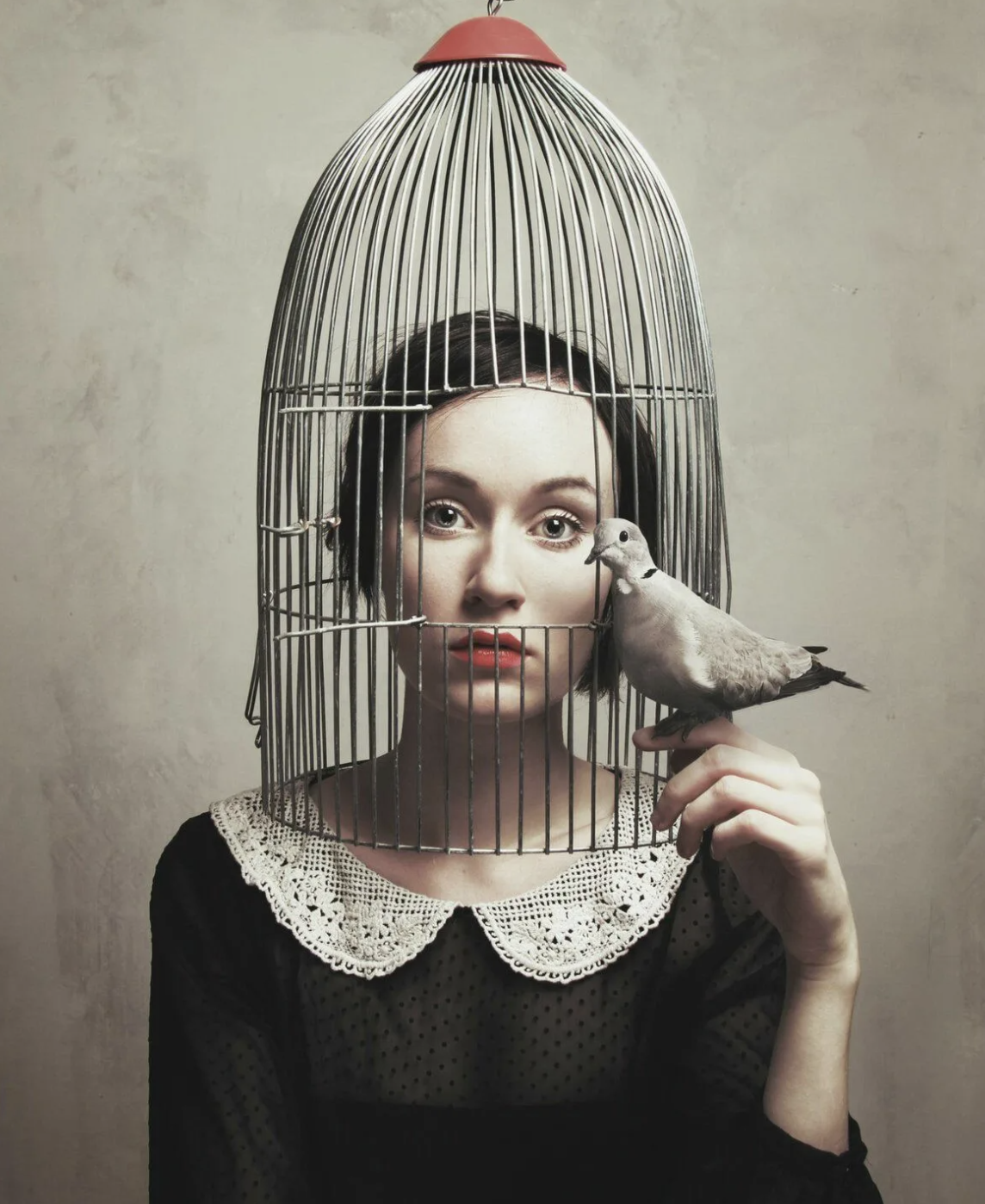
The Role of the Viewer
In the realm of conceptual art, the role of the viewer morphs from passive spectator to active participant. The viewer is often tasked with completing the work by contemplating its meaning, decoding symbolic representations, and deriving personal significance from what may, at first glance, seem perplexing or unapproachable.

Conceptual Art in the Modern Day
With the digital revolution and postmodern thought influencing contemporary culture, conceptual art has found new expressions and platforms. The internet has amplified its reach, allowing conceptual artists to engage with a global audience and sparking dialogues that cross cultural and geographical divides.
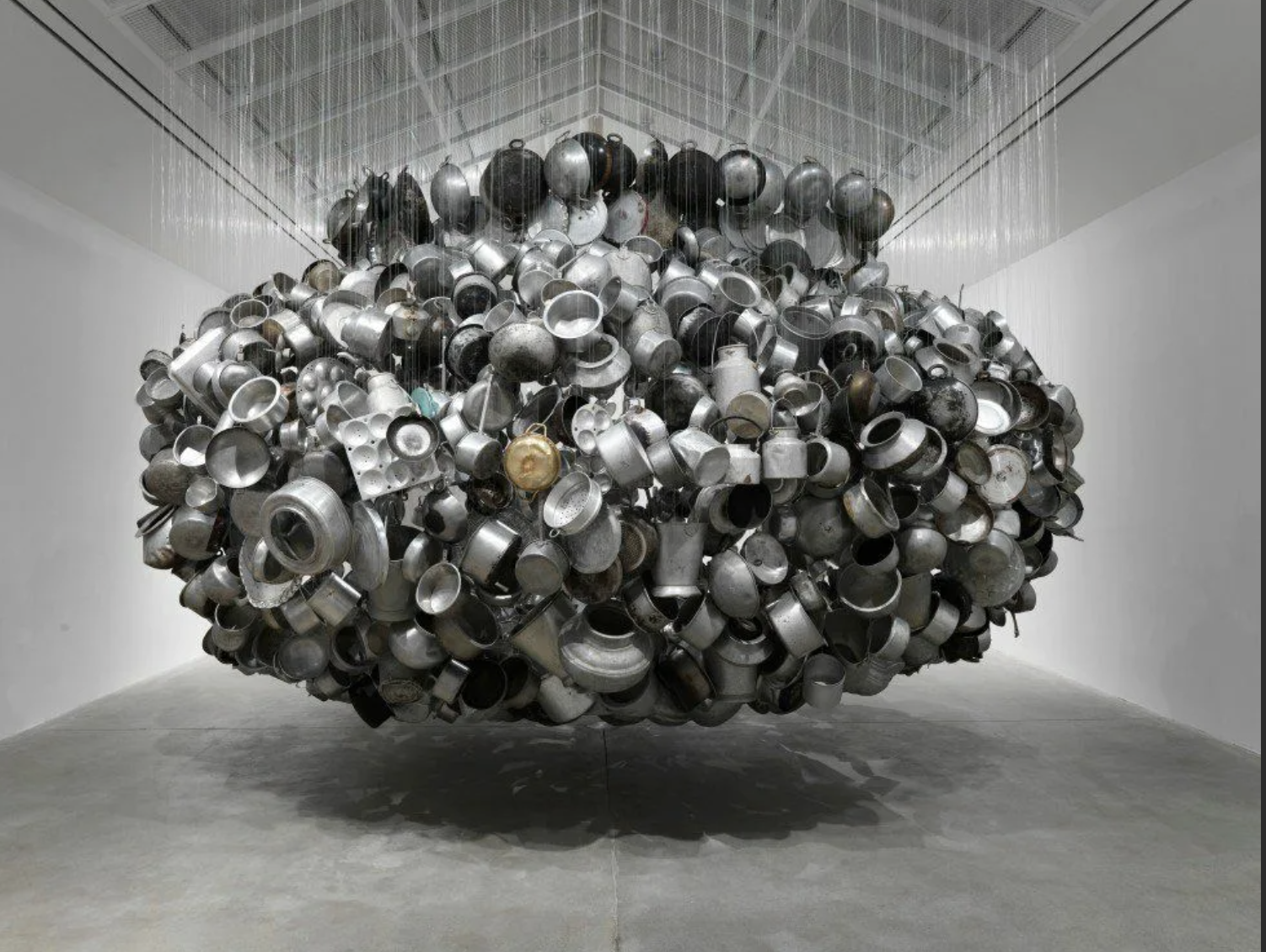
Evolution and Continuity
While early conceptual art was grounded in challenging materialism and the art market, today’s conceptual artists may also be focused on social and political commentary. This could entail using various media, including written texts, photography, video, and digital art forms, providing commentary on issues ranging from consumerism to data privacy.

Conceptual Art and the Art Market
Despite its critical stance on commercialism, conceptual art has not been immune to the art market. Original manuscripts, signed documents, and photographs of performances have all become collectible items, paradoxically transforming the immaterial into coveted items of trade, highlighting a fascinating contradiction at the core of the movement.

Conclusion
Conceptual art remains a vital force in challenging traditional aesthetics, questioning the preconceived notions of beauty, craftsmanship, and the very essence of art itself. It forces audiences and creators to reconsider the role of the visual in art, placing a premium on intellectual inquiry and reflective interaction. By continuing to push the limits on traditional forms and practices, conceptual art stands as a testament to innovation, exploring beyond the surface to unlock deeper layers of meaning and critique within the art world.